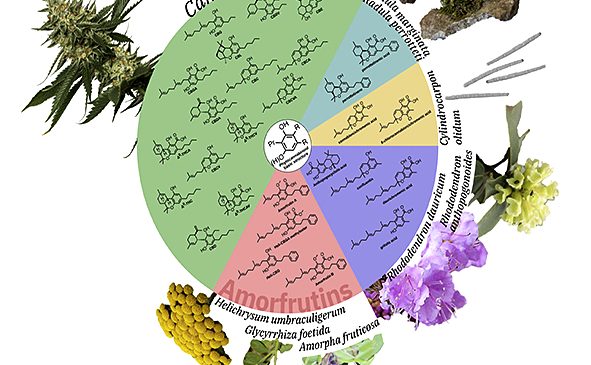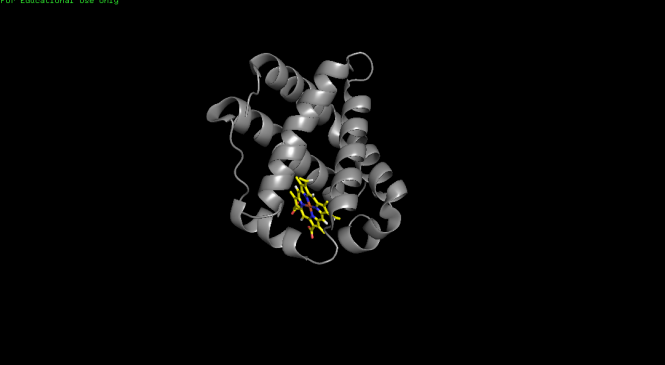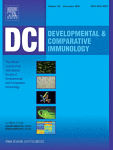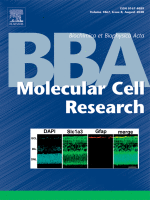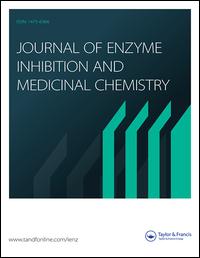
Protein Folding and Conformational Diseases. “SolupHred: A Server to Predict the pH-dependent Aggregation of Intrinsically Disordered Proteins”
Bioinformatics, btaa909, https://doi.org/10.1093/bioinformatics/btaa909
Abstract
Summary: Polypeptides are exposed to changing environmental conditions that modulate their intrinsic
aggregation propensities. Intrinsically disordered proteins (IDPs) constitutively expose their
aggregation determinants to the solvent, thus being especially sensitive to its fluctuations. However,
solvent conditions are often disregarded in computational aggregation predictors. We recently
developed a phenomenological model to predict IDPs' solubility as a function of the solution pH, which
is based on the assumption that both protein lipophilicity and charge depend on this parameter. The
model anticipated solubility changes in different IDPs accurately. In this application note, we p

